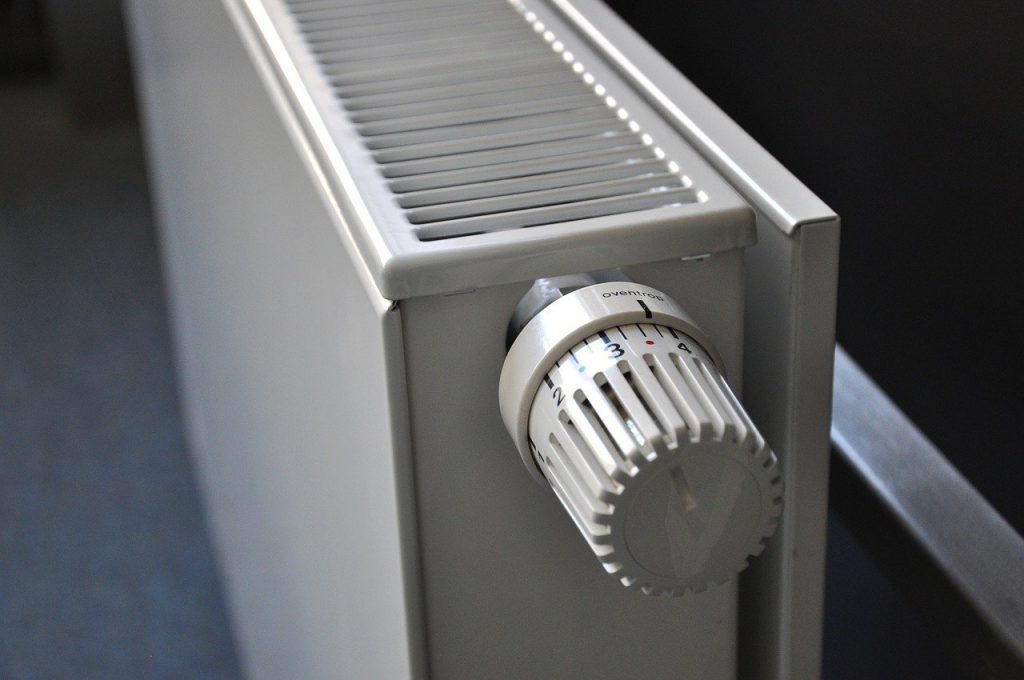What Is the Most Energy-Efficient Electric Radiator?
What Is the Most Energy-Efficient Electric Radiator?

When choosing an electric radiator to suit the needs of your home, there is not a “one size fits all” approach. The right radiator depends on several factors such as the layout and size of each room, as well as your budget.
However, the attribute that should be on top of your list relates to the energy efficiency of the radiator. Low-cost radiators won’t result in long-term savings when the running costs are high. In this guide, we will cover the features you should be looking for when it comes to choosing the best energy-efficient electric radiator.
What Wattage Will You Need?
The first consideration includes the wattage of the electric radiator. Whether you decide on a 600W, 1200W, or 2000W unit, this will relate to several factors. The main ones include:
- The room size
- The type and number of windows
- The flooring type
- The door numbers
- The outside wall numbers
- Whether you have heated rooms below or above
When you use the British Thermal Unit (BTU) calculator, it becomes much easier to work out how much wattage is needed to heat a room. If the room falls between 2 wattages, we suggest choosing the higher one.
The best energy-efficient radiators feature built-in sensors, which ensure the correct amounts of heat are generated to maintain room temperatures that are ambient. This also means that if you choose a higher wattage than needed, you won’t have to worry about wasting energy.
Here is a list of important energy-efficient features you should be looking for:
1. Construction
The better electric radiators are made from an all-metal body construction. Aluminium is the most popular metal since it is strong, a superconductor, and lightweight, meaning it will also heat up very quickly.
Another popular option is a galvanised steel body with a powder coating that will also perform relatively well. Even when the manufacturer advertises the unit as all-metal, you should still check whether the fascia and end panels are not made out of plastic. Manufacturers are known for using plastic parts in order to lower manufacturing costs. However, these units are not as durable and reliable, and these parts are known for discolouring over time.
Once you are sure that the construction of the unit is all-metal, you should also look for a coating that is scratch-resistant. This ensures that the radiator will maintain a pristine appearance throughout its lifespan.
You should also be looking for interchangeable electronics. This will mean that you can easily replace the control panels so that you won’t have to replace the entire radiator, even if your radiator is no longer under a warranty.
At the same time, smooth surfaces may appear pleasing, but there is a good reason why boiler-fed traditional radiators feature rigid designs. The rigid design increases the surface areas for more efficient heat exchange. This is why we suggest choosing a radiator that comes with rigid surfaces to achieve optimal efficiency.
2. Heat Output
The ideal electric radiator combines convected and radiant heat. The most ideal units use several ceramic plates along with a sealed-thermodynamic core. This ensures that heat is generated at a uniform and more constant level for ultimate comfort. This feature may sound a bit technical, but reputable retailers should be able to suggest the best model.
3. Programmability
The 24/7 digital programming electric radiators are the most efficient. With this feature it becomes easy to set an accurate heating schedule that matches up to the needs of your home, ensuring that you have heat where and when you need it. This is an energy-saving feature that allows for optimal control over your heating and making sure you are not wasting money on heating rooms that are not occupied or when there is no one at home.
Check out Fusion Voice & Data for further information.
